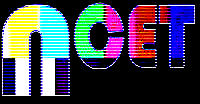| |
Previous to the Videola (created in 1972), no one had devised a way to escape the tyranny of the rather small standard television screen as a space in which to create or display video art - especially to a large number of spectators. The use of multiple monitors formed a common attempt to cope with this limitation, but that option really didn't accomplish the desired objective. So, in it's day at least, a kaliedoscopically generated spherical surface measuring 6 feet in diameter, and viewable by up to 100 persons at a time, was an entirely radical departure as a video artist's canvass.
It should also be noted that the Videola imagery was not static, as shown here, but was in constant motion, fluidly changing position, form and color. Unfortunately, that can't be seen in these still images, so imagination will just have to suffice. The sound components of the video pieces were either specially composed or were comprised of otherwise available audio materials.
|
|
 |
The following Videola Screen Shots by Penny Dhaemers,
NCET Studio photos by Don Hallock and concert photo by Dean Peterson
|
 |
 |
Synthesized video imagery for 'Jam III - LitleMatch Girl' and 'Fitrst Feedbacks' produced by Stephen Beck using the Beck Direct Video Synthesizer |
 |
| |
 |
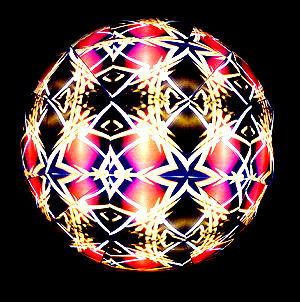 |
 |
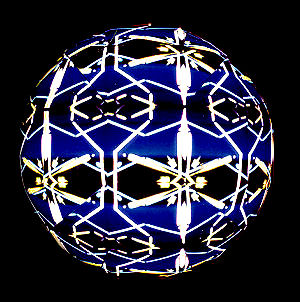 |
 |
| Jam III - Little Match Girl |
First Feedbacks ( in a snoweflake) |
 |
|
| |
|
|
|
|
|
|
| |
The following mixer-produced Images - were created by Don Hallock using the Templeton Video Mixer |
|
| |
 |
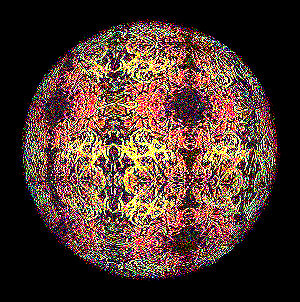 |
 |
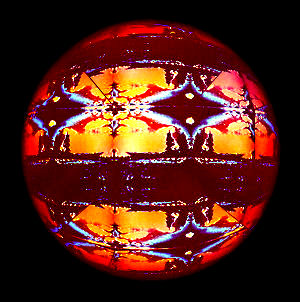 |
 |
| A Baroque Tale |
A Baroque Tale |
|
|
| |
 |
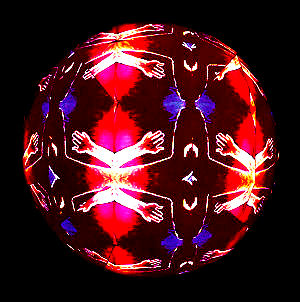 |
 |
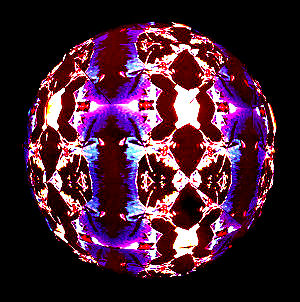 |
 |
| Hall of Mirrors 2 |
Hall of Mirrors 3 |
|
|
| |
|
|
|
|
|
|
| |
 |
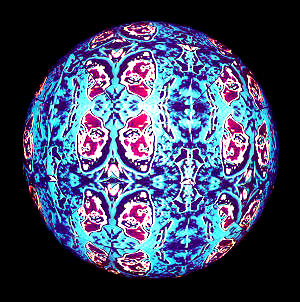 |
 |
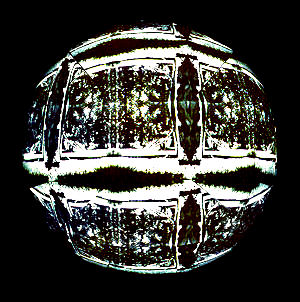 |
 |
| Last Dance |
Meadow 1 |
| |
|
|
Videola i,age photo by Penny Dhaemers |
|
|
|
| |
|
|
|
